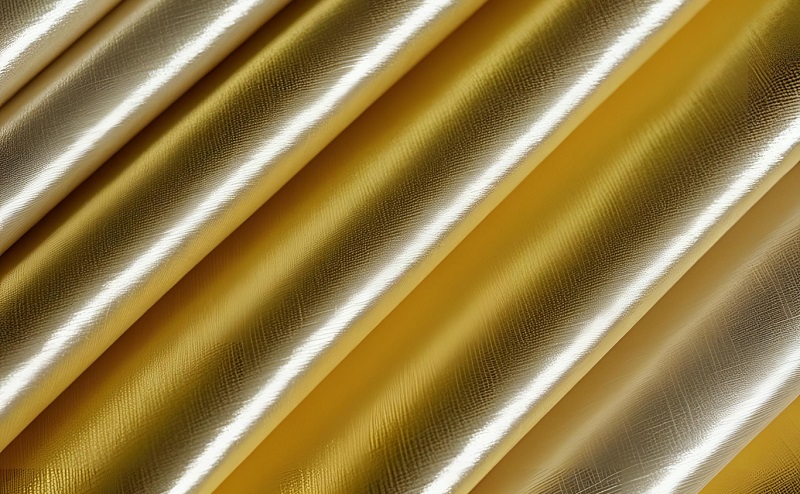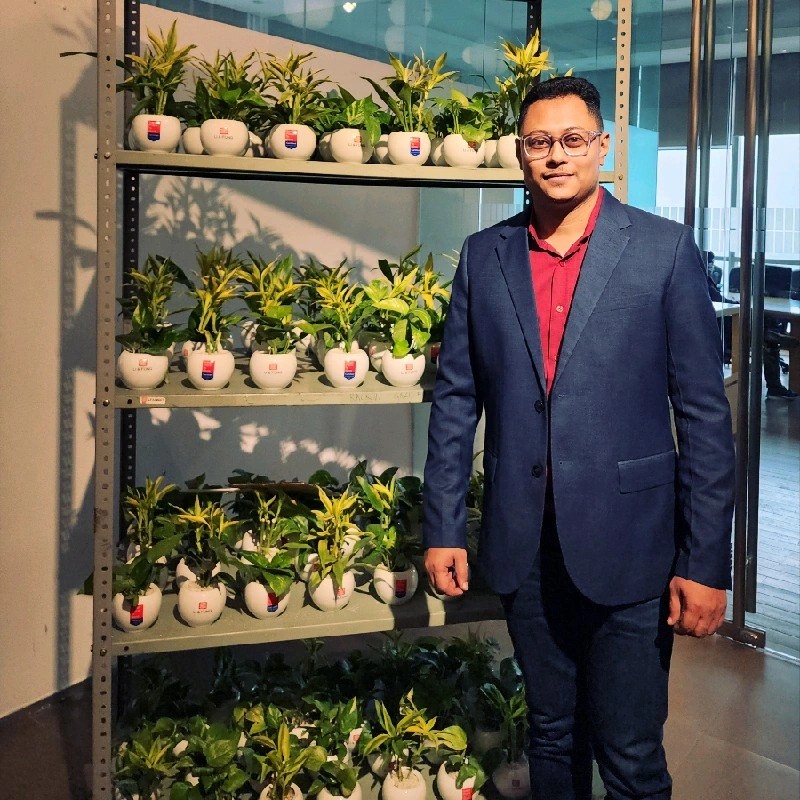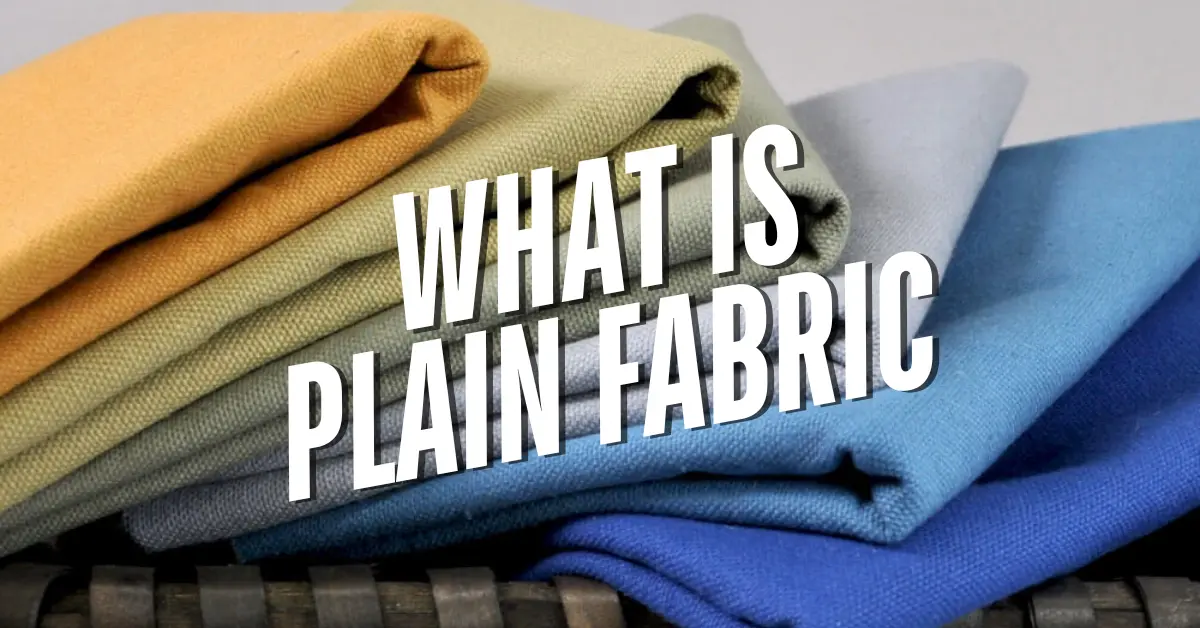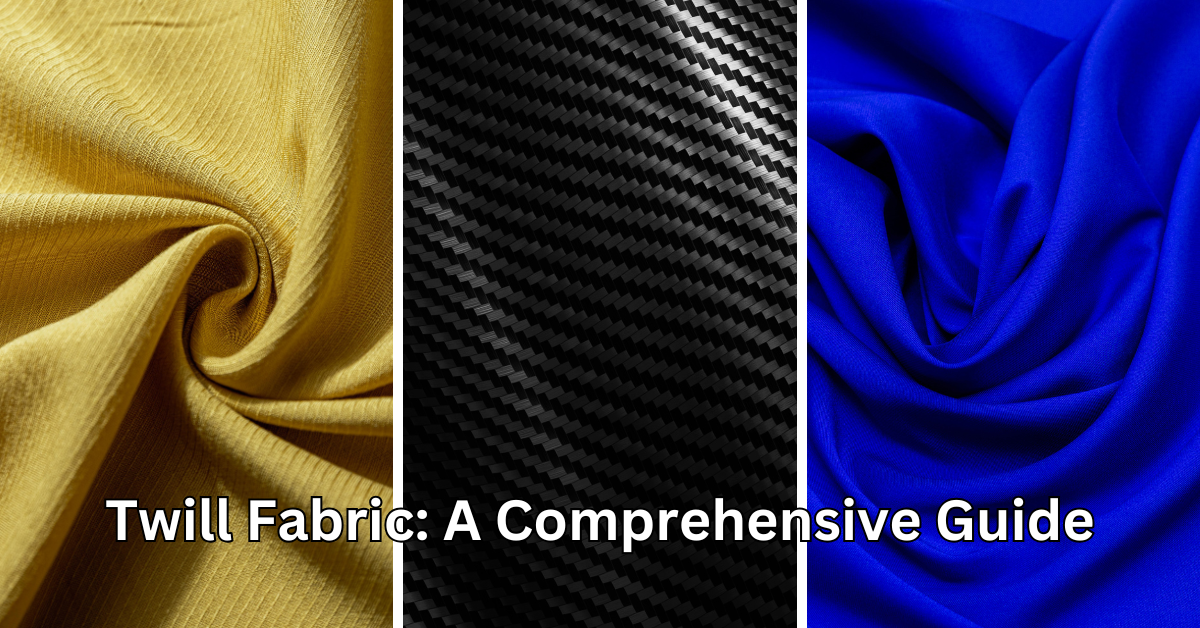What Is Taffeta Fabric?

Definition and Origins
Taffeta is a plain-woven fabric characterized by its crisp texture and smooth surface. The term “taffeta” originates from the Persian word “tāfta,” meaning “twisted woven.” Historically, it was crafted from silk and has been valued for centuries for its luxurious feel. Today, taffeta is produced using various fibers, including silk and synthetic materials.
Characteristics of Taffeta
Taffeta is renowned for its distinctive features:
- Crispness: The fabric holds its shape well, making it ideal for structured garments.
- Sheen: Its smooth surface reflects light, giving it a lustrous appearance.
- Rustling Sound: Known as “scroop,” this unique sound adds to its luxurious appeal.
Composition of Taffeta Fabric
What Is Taffeta Fabric Made Of?
Traditionally, taffeta was woven from silk fibers. Modern variations incorporate synthetic fibers such as polyester and nylon, enhancing durability and affordability.
What Is Polyester Taffeta Fabric?
Polyester taffeta is a synthetic version known for its resilience and ease of care. It retains the crispness and sheen of silk taffeta but is more resistant to wrinkles and less expensive, making it a popular choice for various applications. citeturn0search2
Types of Taffeta

Silk Taffeta
Silk taffeta boasts a luxurious feel and a natural sheen. It’s commonly used in high-end fashion for evening gowns and wedding dresses, offering elegance and sophistication.
Shantung Taffeta
Shantung taffeta features a textured surface with subtle irregularities, giving it a unique, slightly rough appearance. This texture adds depth to garments, making it a favored choice for distinctive fashion pieces.
Shot Silk Taffeta
Shot silk taffeta, also known as “changeant” taffeta, is woven with different colored warp and weft threads, creating an iridescent effect that changes color depending on the angle of light. This dynamic visual quality enhances the fabric’s appeal in fashion and décor.
Other Varieties
Additional types of taffeta include:
- Paper Taffeta: Extremely lightweight with a crisp finish, used in delicate garments and linings.
- Moiré Taffeta: Features a watermark-like pattern, adding a decorative element to the fabric.
- Stretch Taffeta: Incorporates elastic fibers, providing flexibility while maintaining the fabric’s signature crispness.
Applications of Taffeta Fabric
What Is Taffeta Fabric Used For?
Taffeta’s versatility lends itself to various uses:
- Evening Gowns and Bridal Wear: Its structured drape and elegant sheen make it ideal for formal attire.
- Linings: Piece-dyed taffeta is often used as a lining material due to its softness and smooth finish.
- Home Décor: Utilized in curtains, upholstery, and wall coverings, adding a touch of sophistication to interiors.
Taffeta in Fashion
In the fashion industry, taffeta is prized for creating voluminous skirts, structured silhouettes, and luxurious evening wear. Its ability to hold shape enhances garment design, offering designers creative flexibility.
Advantages and Disadvantages of Taffeta Fabric
Advantages
- Luxurious Appearance: Taffeta’s sheen and texture convey elegance, elevating the aesthetic of garments and décor.
- Shape Retention: The fabric’s stiffness allows it to maintain its form, making it suitable for structured designs.
- Durability: High-quality taffeta resists wear and tear, ensuring longevity in its applications. citeturn0search5
Disadvantages
- Stiffness: While beneficial for structure, taffeta’s rigidity can reduce comfort in certain garments.
- Wrinkle-Prone: The fabric can crease easily, requiring careful handling and maintenance. citeturn0search4
- Care Requirements: Taffeta often demands specific cleaning methods, such as dry cleaning, to preserve its quality.
Care and Maintenance of Taffeta

Cleaning Recommendations
Proper care is essential to maintain taffeta’s appearance:
- Silk Taffeta: Dry clean only to prevent damage and preserve the fabric’s integrity.
- Synthetic Taffeta: Some polyester versions may be gently hand-washed; however, always refer to the manufacturer’s care instructions.
Storage Tips
- Avoid Folding: Store taffeta garments on padded hangers to prevent creases and distortion.
- Climate Control: Keep in a cool, dry place away from direct sunlight to prevent fading and fiber weakening.
Conclusion
Summary of Key Points
Taffeta is a crisp, smooth fabric valued for its sheen and structure. Originally made from silk, modern versions also use synthetic fibers like polyester. The fabric is available in various types, including silk taffeta, shantung taffeta, and shot silk taffeta, each with unique characteristics. It is widely used in evening gowns, bridal wear, linings, and home décor due to its elegant drape and luxurious appearance.
While taffeta offers benefits like durability and shape retention, it also has drawbacks, such as being prone to wrinkles and requiring careful maintenance. Proper storage and cleaning methods are essential to preserving its quality.
Final Thoughts
Taffeta remains a popular choice in fashion and interior design due to its timeless elegance and versatility. Whether in structured gowns or sophisticated home décor, its distinctive characteristics continue to make it a preferred fabric for designers and consumers alike. By understanding its types, advantages, and care requirements, you can make informed decisions when choosing taffeta for your projects.

Manager – Fabric Technical and Sourcing/Product Development/ Sustainable Material Management.
I am a B.Sc .-educated Manager of Fabric Sourcing and Technology with extensive experience in the apparel and fashion industry. Passionate about trend analysis, fabric sourcing, and sustainable textile solutions, I thrive in fast-paced environments that demand innovation, adaptability, and leadership.
As a servant leader, I am committed to honesty, transparency, and continuous process improvement. My expertise spans fabric development, product quality management, and supply chain optimization, ensuring exceptional performance across all facets of sourcing and production.
Core Skills & Expertise
✔ Fabric Sourcing & Development – Specialized in regular and sustainable textiles (BCI, Organic, Recycled).✔ Trend Analysis – In-depth understanding of global fashion and fabric trends.✔ Product Development – Expertise in material innovation and process optimization.✔ Quality Management – Strong focus on process control, ensuring high-quality production.✔ Leadership & Problem-Solving – Solution-oriented approach to team management and decision-making.
Technical Proficiency
🖥 Software & Tools:▪ Microsoft Outlook, Excel, Word▪ PLM (Product Lifecycle Management)
🌱 Sustainable & Ethical Practices:▪ Better Cotton Initiative (BCI)▪ Organic & Recycled Fabric Management
Key Strengths
✅ Solution-Focused Leadership – Driving innovation and efficiency in fabric sourcing.✅ Quick Decision-Maker – Adapting to market shifts and production challenges.✅ Team Player with a Positive Attitude – Ensuring collaboration and productivity.✅ Strong Time Management – Meeting deadlines while maintaining quality.
Professional Achievements
🏆 Li & Fung GEM Award – Recognized for fabric sourcing and supply chain management excellence.🏆 Group CEO GEM Award – Honored for outstanding leadership and process innovation.

